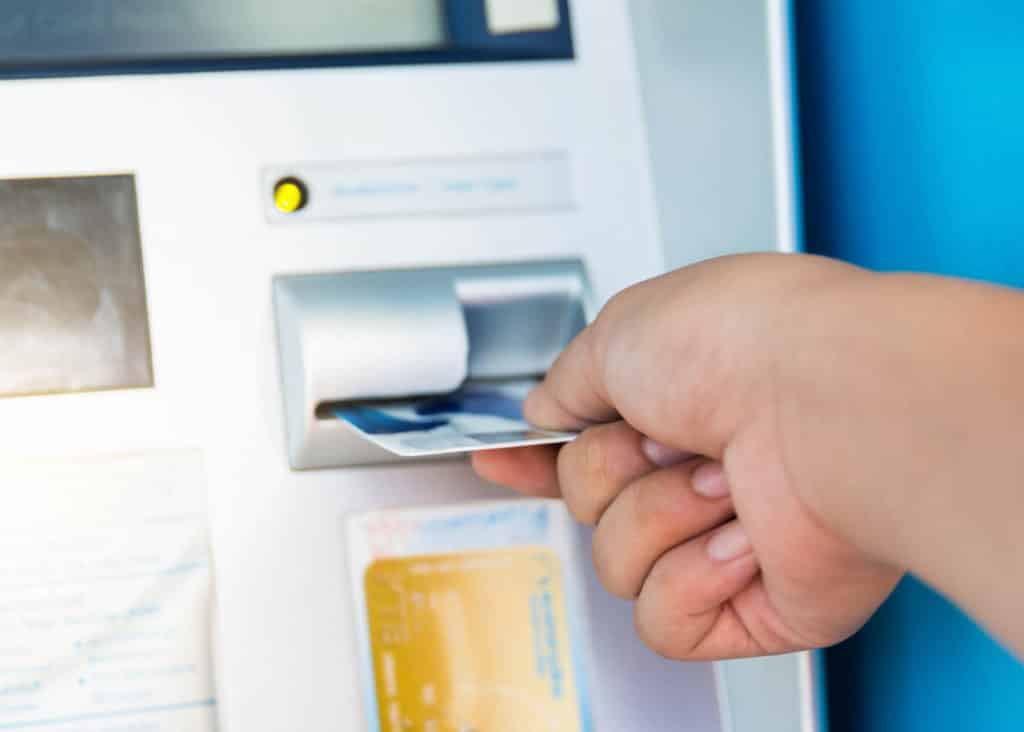Coronavirus Crisis: The Future of Cash, Checks, Credit Cards

The unprecedented worldwide coronavirus pandemic has created a new set of values for people around the world. Toilet paper is a precious commodity (in spite of a robust supply chain, it should be noted); it is possible to be productive working from home (a good internet connection is a lifeline to remote meetings), and; you aren’t done with the grocery shopping until you disinfect everything.
We are also hyper-vigilant about what we touch in public. Although cash may be out of vogue, cash lovers are not giving up. A CBS report shows how cities are mandating that vendors still allow cash. Meanwhile, debit and credit cards should go right to the mag strip reader or contactless; and mobile RDC is the hot option again so one doesn’t have to visit the branch.
Where Are We Headed?

Given all of these new sensitivities, “wave and pay” emerges as the goal. P2P services like Zelle and PayPal’s Venmo let individuals pay each other without exchanging any material items.
“While this is early data, and more time is needed to assess the real and lasting impact on consumer behavior, this is an indication that the tipping point for contactless usage in U.S. may arrive faster than anticipated,” The Futurist Group stated in a blog. “In this moment in time, issuers must increase awareness of the contactless feature on their cards. Targeted marketing efforts must go beyond explaining the functionality and instead educate consumers about all benefits that contactless can offer. Responsible communication should prioritize those who are at the highest risk for infection.”
An article at The Financial Brand examines how heightened sensitivity to germ exposure may lead to a much wider demand for “wave and pay” solutions. However, getting a real gauge on what consumers are using for payment nowadays is complicated by shuttered businesses:
Some have cut back hours, or closed select locations. Use of payment means of any kind will fall off in some areas simply because stores aren’t open or lack goods that people are seeking. That leaves the non-contact means of purchasing, via the internet, though even there such standbys as Amazon have been out of some essentials. Even some delivery services such as Instacart have had to delay deliveries due to rising demand and falling supply.
The intense scrutiny given to how items are handled has led to realizations that there were “bugs” on our payment tools before coronavirus:
Here’s something else to lighten up the mood next time you touch a payment tablet at a food truck, bar, or restaurant — the CreditCards.com study found that those gadgets which people tap and sign, often after eating, are the payment method most likely to harbor Streptococcus pneumonia, which can cause meningitis and pneumonia. Something to think about, too, when inserting and swiping and picking a tip on the touch screen available in many cabs and limos today. Uber, Lyft and other rideshare services typically take payment via their apps, which reside on the consumer’s smartphone, not a shared screen.
As the U.S. waits to return to work, we will soon see “new norms” emerge due to COVID-19.
This blog contains forward-looking statements. For more information, click here.